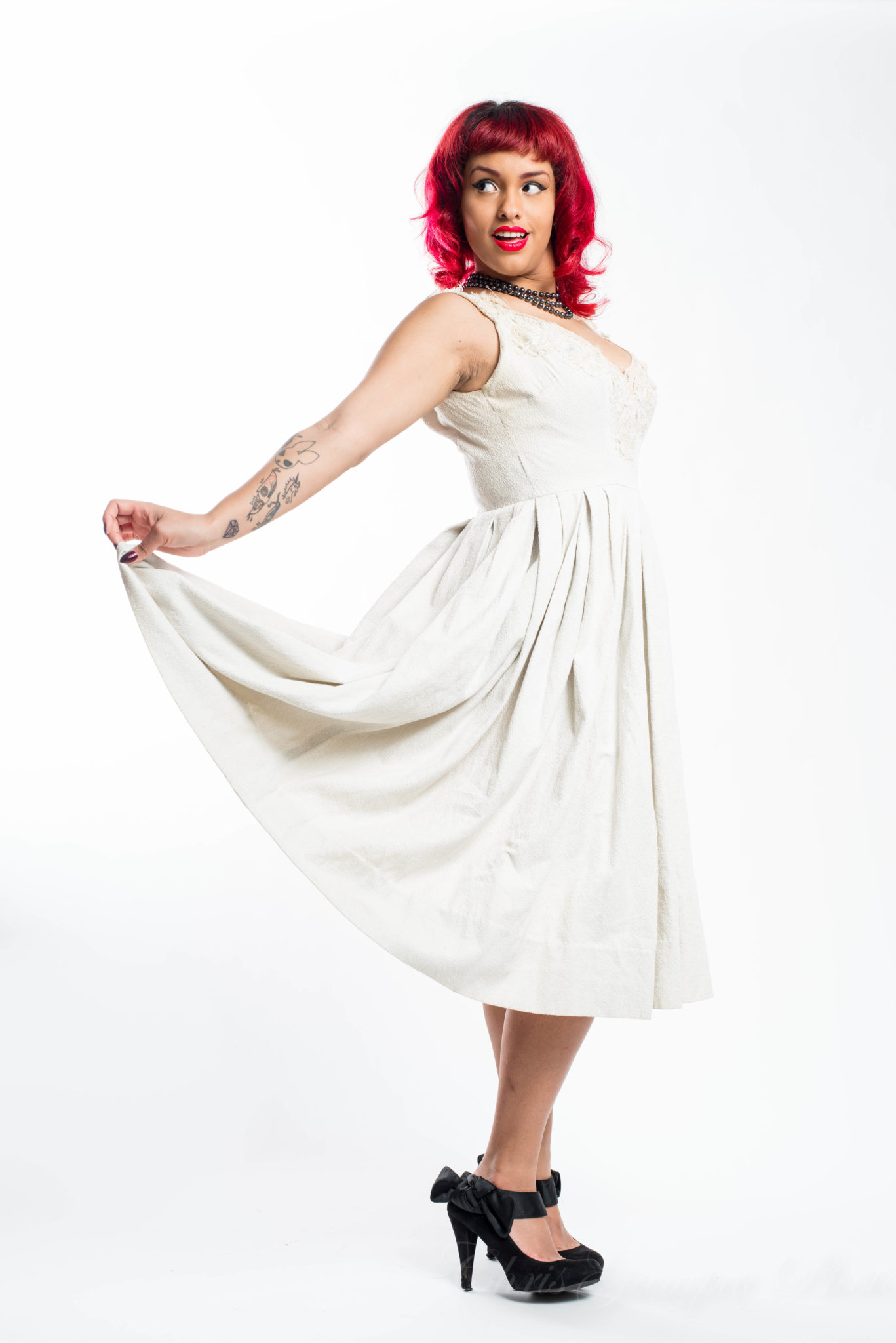
Want more Useful Photography Tips? Check them out here.
While many photographers sit there and boast about the one light technique (and don’t get us wrong, it’s beautiful) there are times where you’ll want to have a totally white background. And what you’ll need to know is that a one light method can’t do it. No matter how hard you try, no combination of ISO, shutter speed, or aperture will add light to a place where there wasn’t light before–and that’s the key.
When shooting a model on a seamless white background, keep this rule in mind: the back light needs to be one stop more powerful than your main light. Ideally, you need two lights: one aimed at the background illuminating it, and the other in front of your model and possibly with a very large light modifier. So in a real world example, what does that mean?
For Manual Light Shooter
When you use your light meter to check the output of the lights, your main light should be weaker while your back light should be stronger. For the image above, our main light (which was next to the camera and in front of our model) was metered to f8 at ISO 100. The back light (hitting the background and positioned off to the side) was metered to f11 at ISO 100. Therefore, the light in the back is brighter and therefore gives the effect of a seamless white.
It would have also worked if my main light was set to f5.6 and my back light was set to f8. Same with my main being set to f2.8 and my back being set to f4.
For TTL Light Shooters
Your main light (on the model) should be set normally while your back light (the one hitting the background) will be set to +1 stop.
This is the more simplistic way of putting all of this without talking about ratios and all. But go ahead and give it a try.

